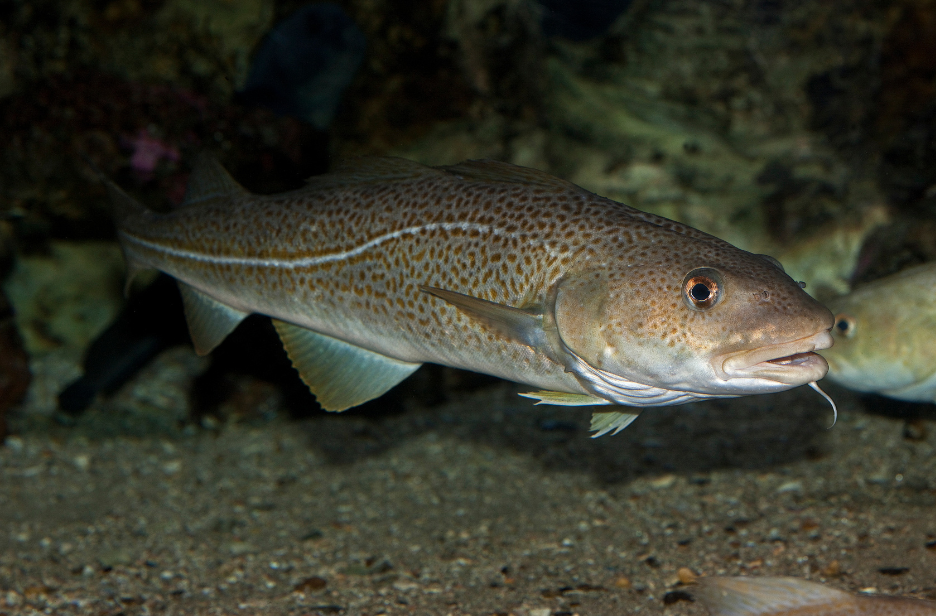New England Fishery Management Council
The New England Fishery Management Council is charged with conserving and managing fishery resources from three to 200 miles off the coasts of Maine, New Hampshire, Massachusetts, Rhode Island, and Connecticut.
The management authority of the Council extends to the Gulf of Maine, Georges Bank, and southern New England, and overlaps with the Mid-Atlantic Council for some species in that region. Major ports include Portland, ME, Gloucester and New Bedford, MA, and Point Judith, RI.
The Council consists of 18 voting members and four non-voting members to include:
The Regional Administrator of the Greater Atlantic Region/NOAA Fisheries (or a designee);
The five principal state officials with marine fishery management responsibility (or a designee) for Maine, New Hampshire, Massachusetts, Rhode Island, and Connecticut;
Twelve members nominated by the governors of the New England coastal states and appointed by the Secretary of Commerce for three-year terms (they may serve a maximum of three consecutive terms); and
One representative each from the U.S. Coast Guard, U.S. Fish and Wildlife Service, U.S. Department of State, and the Atlantic States Marine Fisheries Commission as non-voting members.
Managed Fisheries
The NEFMC, which proposes rules for fishermen operating in federal waters in the New England region, manages 28 marine and one anadromous species under nine separate fishery management plans (FMPs). The Council also addresses habitat and deep-sea coral issues across multiple plans.
New England Fishery Management Plans:
Monkfish (jointly managed with the Mid-Atlantic Council)
Spiny Dogfish (jointly managed with the Mid-Atlantic Council)



